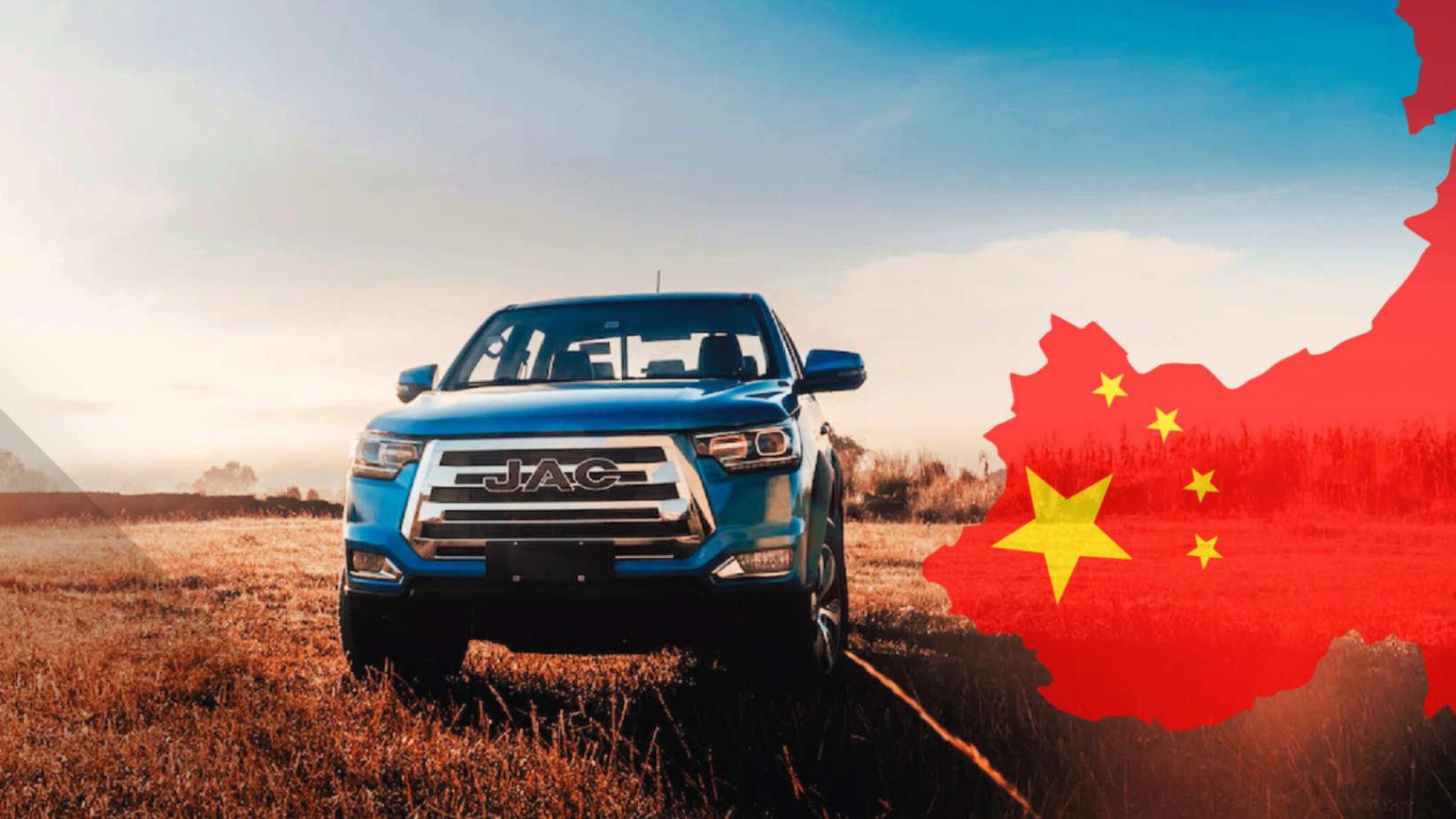
How have Venezuelans adapted to policy changes in a dictatorship that only creates obstacles? What is the future of the Venezuelan automotive industry? Join us as we explore its tremendous impact on the Venezuelan automotive industry.
The Golden Age
In the mid-20th century, Venezuela became a beacon of prosperity in Latin America, fueled by its booming oil industry. This oil wealth not only filled the country's coffers but also fueled a dream: to make Venezuela an automotive center. Major international brands saw a thriving market and began investing in the region, establishing assembly plants that not only served local demand but also exported to other countries.
During the 1960s and 70s, the Venezuelan automotive industry experienced its golden age. Assembly plants of brands such as Ford, General Motors, Chrysler, and Toyota not only produced vehicles but also employed thousands of Venezuelans, creating an emerging middle class with a voracious appetite for modern cars. The streets of Caracas, Maracaibo, and Valencia were filled with iconic models like the Chevrolet Impala, the Ford Maverick, and the Toyota Land Cruiser, symbols of status and modernity.
Learn more about Ford at: He hated working on the farm and created Ford | Ford's Story
You can learn more about Chevrolet: The Chevrolet story: The legend behind the wheel
However, as in every great story, there were unexpected twists. In the 1980s, Venezuela began to feel the effects of falling oil prices. The economy, which had relied heavily on oil revenues, began to falter. Soaring inflation and recurrent devaluations of the bolivar, Venezuela's currency, affected Venezuelans' purchasing power. Economic policies, including strict foreign exchange controls, began to take a toll on the importation of parts and complete vehicles. The automotive industry, once a national pride, began to face serious challenges.

Restrictive Economic Policies
Imagine having a large collection of scale model cars and suddenly being told you can't buy any more because the points (or currency) you need are rationed. That's exactly what happened with foreign exchange controls in Venezuela. The government decided that only certain imports could access foreign currency, and new cars weren't a priority.
This meant that international manufacturers couldn't bring in enough cars or parts. Assembly plants, accustomed to producing modern vehicles, found themselves having to juggle to keep production going. They often had to reduce the number of models available or even close production lines. The cars that did reach the market were scarce and, therefore, more expensive. Venezuelans had to resort to used cars and black market parts to keep their vehicles running. Quite a challenge for car enthusiasts!
Car prices became unpredictable in Venezuela due to price controls. The government set strict price controls to prevent prices from skyrocketing. In theory, this was to protect the consumer. But in practice, auto companies couldn't cover their costs, leading them to reduce the quality of vehicles or simply stop selling certain models.
This created a shortage of new cars, which in turn caused used car prices to soar. Yes, it's ironic, but that's how it was: used cars became gold. Venezuelans found themselves paying exorbitant prices for vehicles that, in other circumstances, would be much cheaper. Inflation became a constant factor in the automotive market.
The Venezuelan government also tried to take direct control of the situation by nationalizing companies and creating joint ventures, such as Venirauto. The idea was to manufacture affordable cars and break the dependence on imports. However, these cars, although inexpensive, faced criticism for their quality and lack of options.
Venirauto, with its mix of Iranian technology and Venezuelan assembly, tried to fill a gap in the market. But consumer perception was mixed; some valued the cheaper option, while others preferred to seek alternatives, even if it meant paying more for a higher-quality used car. Joint ventures also faced production problems and a lack of spare parts, so their impact on the market was not very great.
Impact on Society and the Economy
The impact on the economy was profound. The lack of new cars and inflation in used car prices contributed to a struggling economy. Families had to adjust their budgets to cover the costs of maintaining their vehicles, while businesses related to the automotive industry, such as workshops and dealerships, faced significant challenges to stay afloat.
The local economy also felt the effect of the scarcity of new cars, as fewer vehicles meant less income for manufacturers and less employment in the sector. The supply chain for parts and services was affected, and many workers in the automotive sector found themselves in a terribly uncertain economic situation.
As the economy and policies changed, so did the automotive landscape. Manufacturers that remained in the country had to adapt to the new realities of the market.

Adapt or Die
Venezuelans, always resourceful, found innovative ways to face the challenges. With the scarcity of original parts, many drivers began to customize their vehicles with homemade solutions. From suspension adaptations to exhaust system modifications, DIY became a common solution. Local workshops were filled with enthusiasts looking for ways to keep their cars moving with what they had on hand.
In addition, the arrival of Chinese cars offered a more affordable alternative. Although these vehicles were simple and basic, they provided an accessible option in a limited market. Consumers accepted Chinese cars as a temporary solution while hoping that conditions would improve.
The Future
Today, Venezuela's automotive industry is at a critical juncture. With domestic production reduced to a minimum and an almost total dependence on imports, the automotive market reflects the country's economic complexities. Although the road has been difficult, there are signs that things could start to improve. If they manage to ensure transparency in the results of the latest elections, this long dictatorship will finally end. Thus, among many changes, new investments could be generated in the country and the production of quality local products could be restarted.
The global economy and domestic policies will continue to influence the industry. Automotive companies and consumers will have to continuously adapt to the new realities of the market.
But beyond the challenges, this journey also shows us the adaptability and determination of Venezuelans, who face obstacles with ingenuity and perseverance. The automotive industry, although battered, remains a vital component of the economy and a reflection of the resilience of its people.





